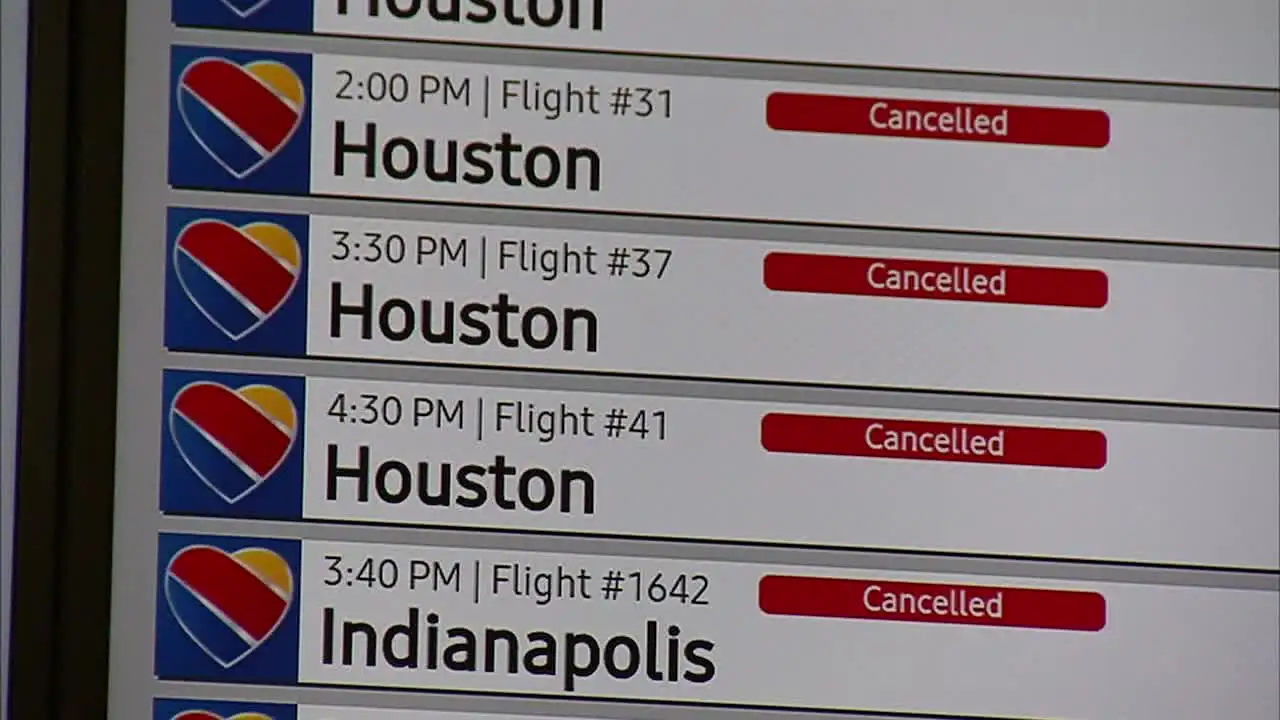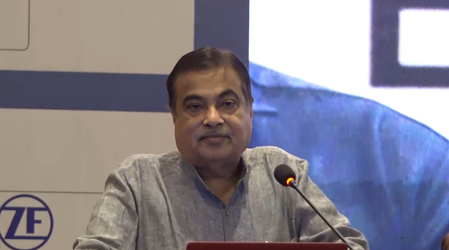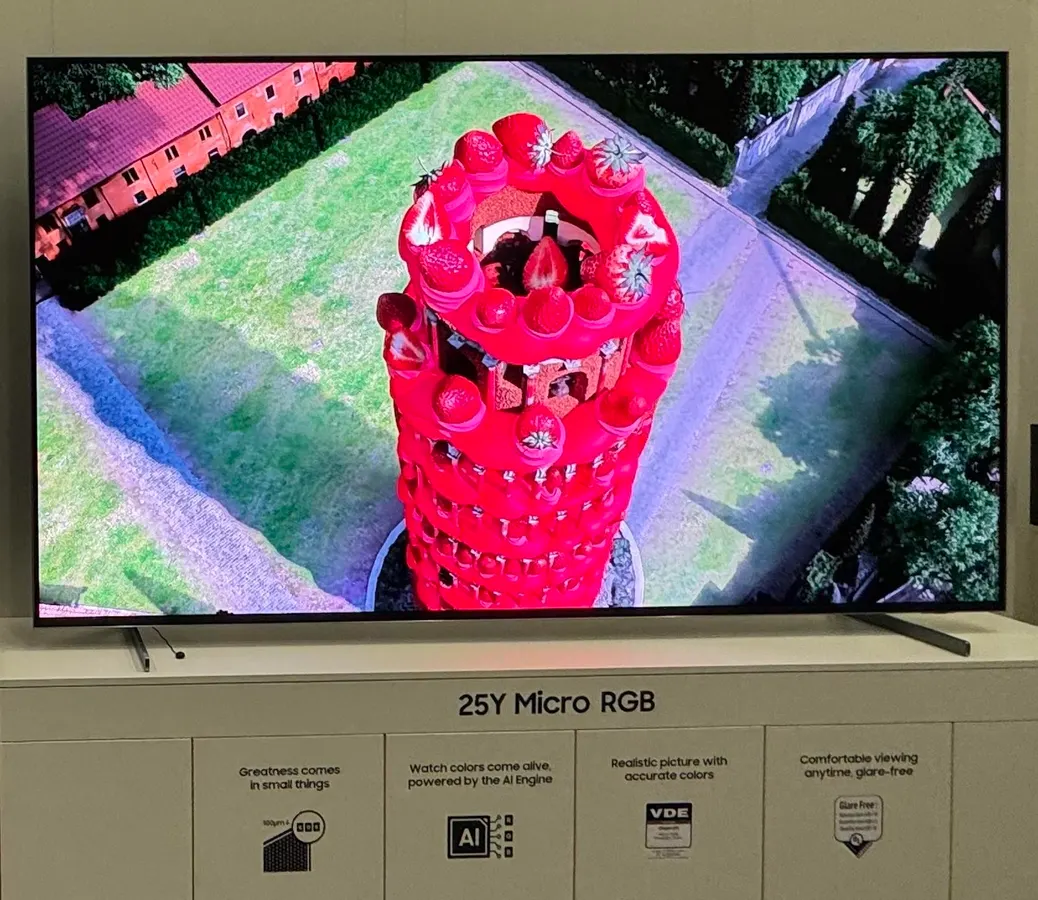
The Federal Aviation Administration is blaming Friday’s travel nightmare, which disrupted hundreds of flights, on two cut fiber optic cables. The agency called it a clear example of its outdated infrastructure.
Now, aviation experts are weighing in on the issue and what needs to be done.
DFW Ground Stop
The backstory:
Plans for more than 100,000 travelers over the weekend were impacted by a ground stop at DFW International Airport and Dallas Love Field on Friday.
The FAA explained that two fiber optic cables were cut by a telecommunications company. The issue took down FAA radars, radio frequencies, and computers.
At the time of the ground stop, more than 400 flights were canceled, and hundreds of other flights were delayed.
Outdated Infrastructure
What they’re saying:
In a statement released over the weekend, the FAA blamed the telecommunications company and an outdated infrastructure.
“The disruption was caused by multiple failures of the TDM data telecommunications service provided by Frontier, a local telecommunications company. This then led to an outage impacting the FAA’s Dallas TRACON facility,” the FAA said. “This is a clear example of the FAA’s outdated infrastructure and underscores the urgent need to modernize our air traffic control systems.”
Dr. Brent Bowen, the founder of the National Airline Quality Rating System, agreed that the systems that control air traffic are outdated.
“This is absolutely a government problem,” he said. “It basically means the FAA and the airlines working together have not been able to accomplish modernization in all the many decades that they’ve been trying to do. It’s been a piecemeal system. It keeps getting updates, but it’s never experienced a serious overhaul.”
Bowen said the same thing could happen again if there is another internet outage or line cut somewhere.
“The FAA and members of Congress and airline management all want this resolved. But we’ve been trying to resolve this for more than 30 years. And we haven’t made enough progress fast enough because there’s not been a high enough priority in our budgeting and legal system,” Bowen said.
The FAA believes moving from an aging analog system to more digital technology is critical. But as Bowen said, some of this comes down to government funding, which has never really been prioritized.



